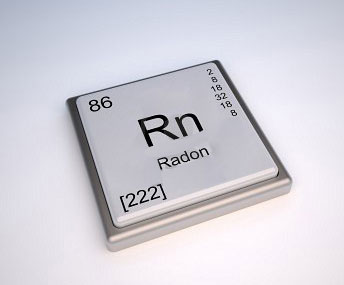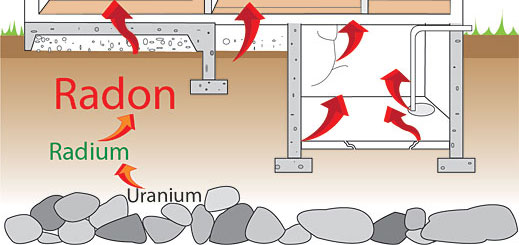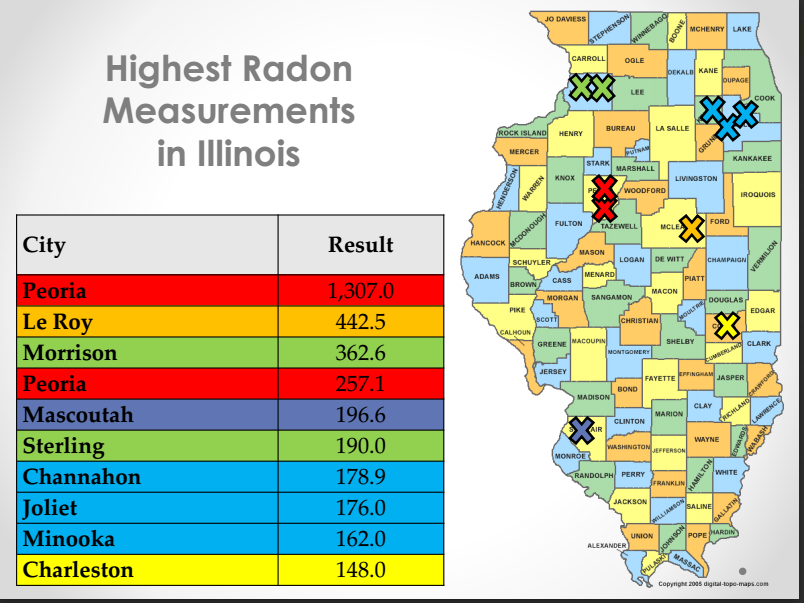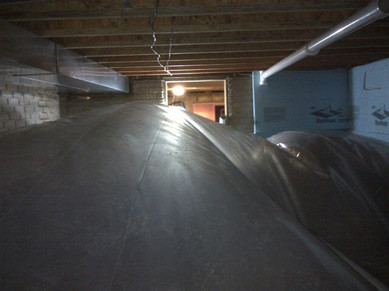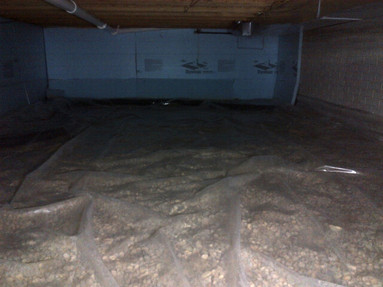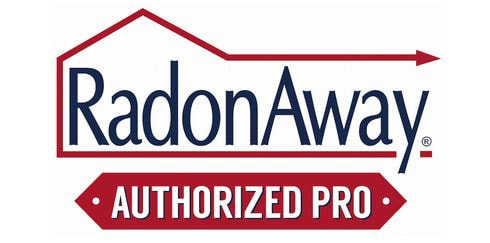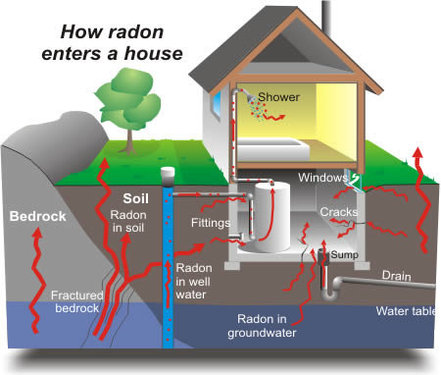
What is Radon?
Radon is the leading cause of lung cancer among non-smokers in the United State. Radon is a naturally occurring gaseous, radioactive decay product of uranium or thorium. Through proven mitigation techniques, Peoria Radon Mitigation can reduce the pCi/L. in your home below EPA's action level of 4.0 pCi/L.
Where does Radon Come From?
Radon comes from the ground.
It may get in through:
1. Cracks in floors and at the floor/wall seam.
2. Dirt and/or gravel crawlspaces.
3. Openings around pipes and plumbing.
4. Open sump pits.
5. Hidden openings.
6. Through the pores in the concrete itself.
Can any Home Can Have It?
Most radon gets into a house because of soil pressure caused by temperature and weather, which causes differences in pressure between the air inside and the air under the home. Radon gas is sucked into the home through openings that come in contact with the soil under the house.
Radon gas rises up from the soil under a home and becomes trapped inside, causing the level to be concentrated. Almost any house can have a radon problem. This means new and old homes, well sealed and drafty homes, homes with or without basements, and homes with either finished or unfinished basements. They are all equally at risk.
Do New Homes Have Radon, Too?
Yes! Because radon originates from the soil the house is sitting on. New homes are well insulated and can actually hold more radon in.
Radon is the leading cause of lung cancer among non-smokers in the United State. Radon is a naturally occurring gaseous, radioactive decay product of uranium or thorium. Through proven mitigation techniques, Peoria Radon Mitigation can reduce the pCi/L. in your home below EPA's action level of 4.0 pCi/L.
Where does Radon Come From?
Radon comes from the ground.
It may get in through:
1. Cracks in floors and at the floor/wall seam.
2. Dirt and/or gravel crawlspaces.
3. Openings around pipes and plumbing.
4. Open sump pits.
5. Hidden openings.
6. Through the pores in the concrete itself.
Can any Home Can Have It?
Most radon gets into a house because of soil pressure caused by temperature and weather, which causes differences in pressure between the air inside and the air under the home. Radon gas is sucked into the home through openings that come in contact with the soil under the house.
Radon gas rises up from the soil under a home and becomes trapped inside, causing the level to be concentrated. Almost any house can have a radon problem. This means new and old homes, well sealed and drafty homes, homes with or without basements, and homes with either finished or unfinished basements. They are all equally at risk.
Do New Homes Have Radon, Too?
Yes! Because radon originates from the soil the house is sitting on. New homes are well insulated and can actually hold more radon in.
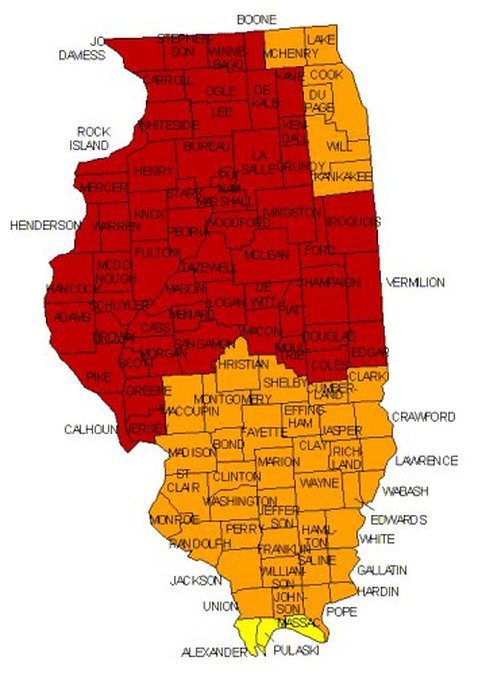
Is Radon Found in Your Area?
High radon levels are found in homes throughout the Midwest.
The U.S. Environmental protection Agency (EPA) has mapped the nation into three radon zones. Wisconsin, Illinois, Indiana and Michigan are all in the highest two zones.
15 to 20 percent of the homes in these states have elevated levels of radon in the air on the mainfloor, not just in the basement.
High radon levels are found in homes throughout the Midwest.
The U.S. Environmental protection Agency (EPA) has mapped the nation into three radon zones. Wisconsin, Illinois, Indiana and Michigan are all in the highest two zones.
15 to 20 percent of the homes in these states have elevated levels of radon in the air on the mainfloor, not just in the basement.
